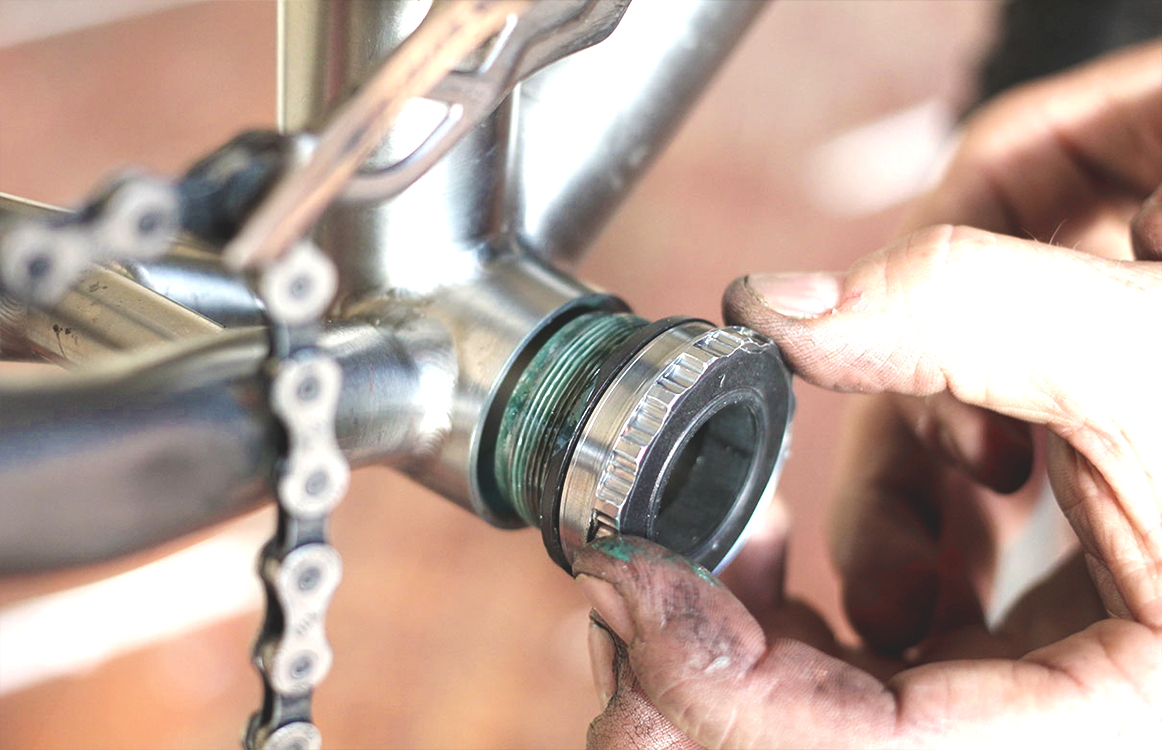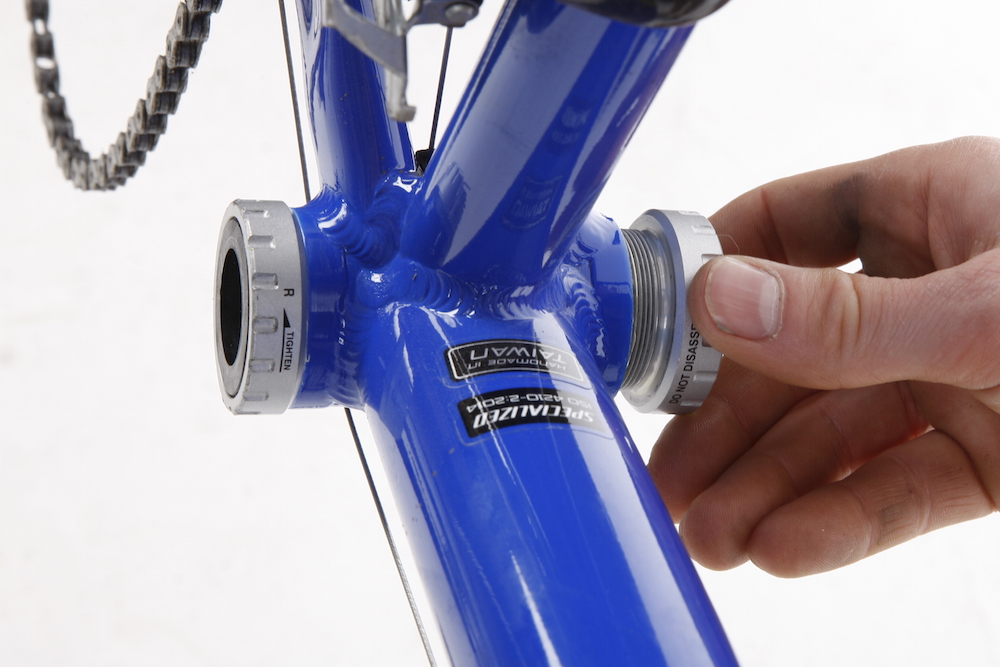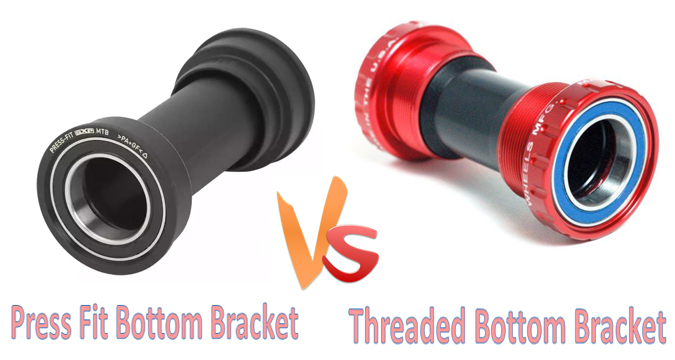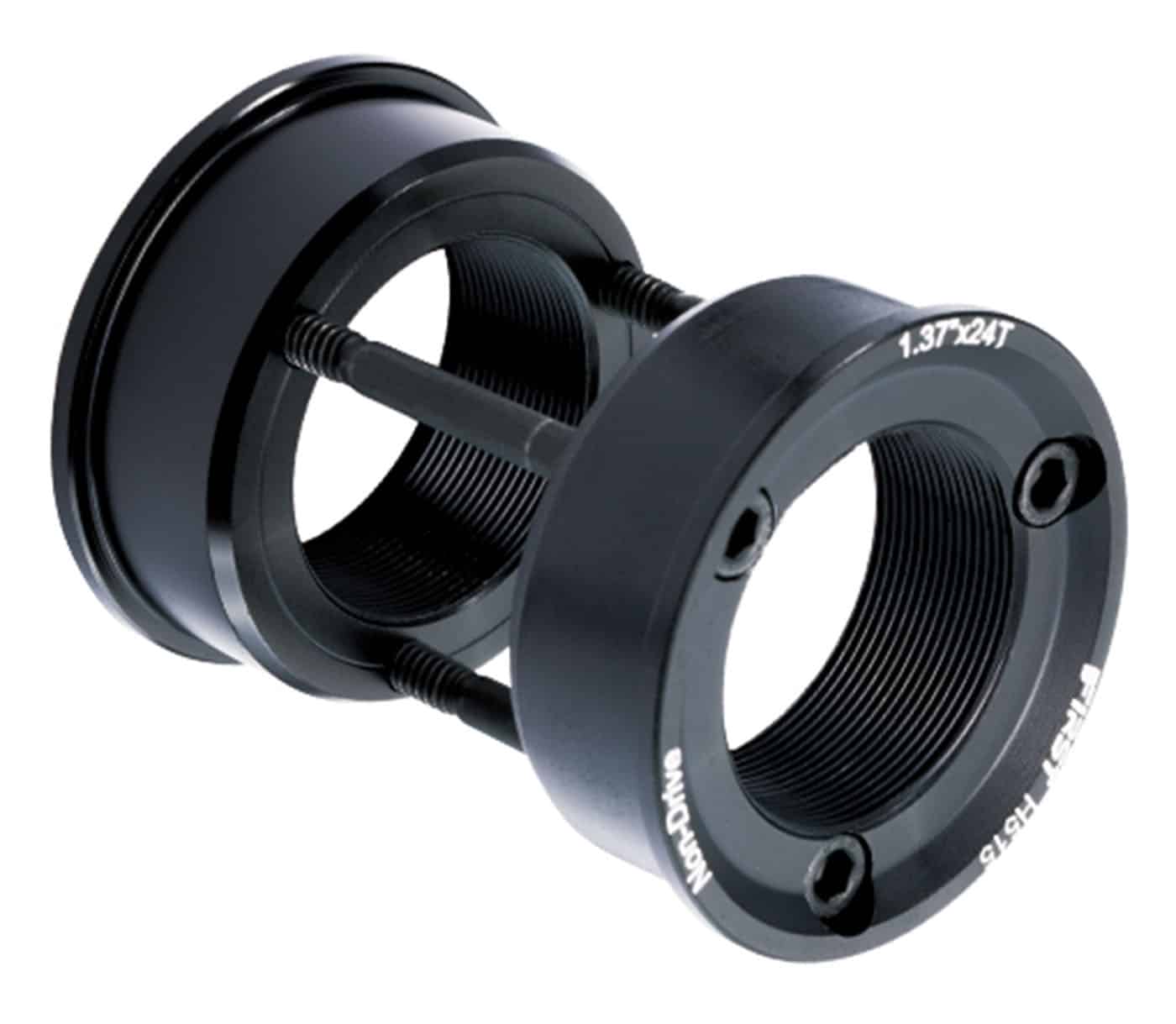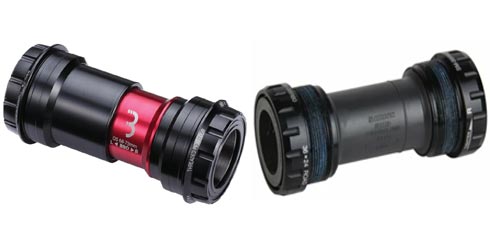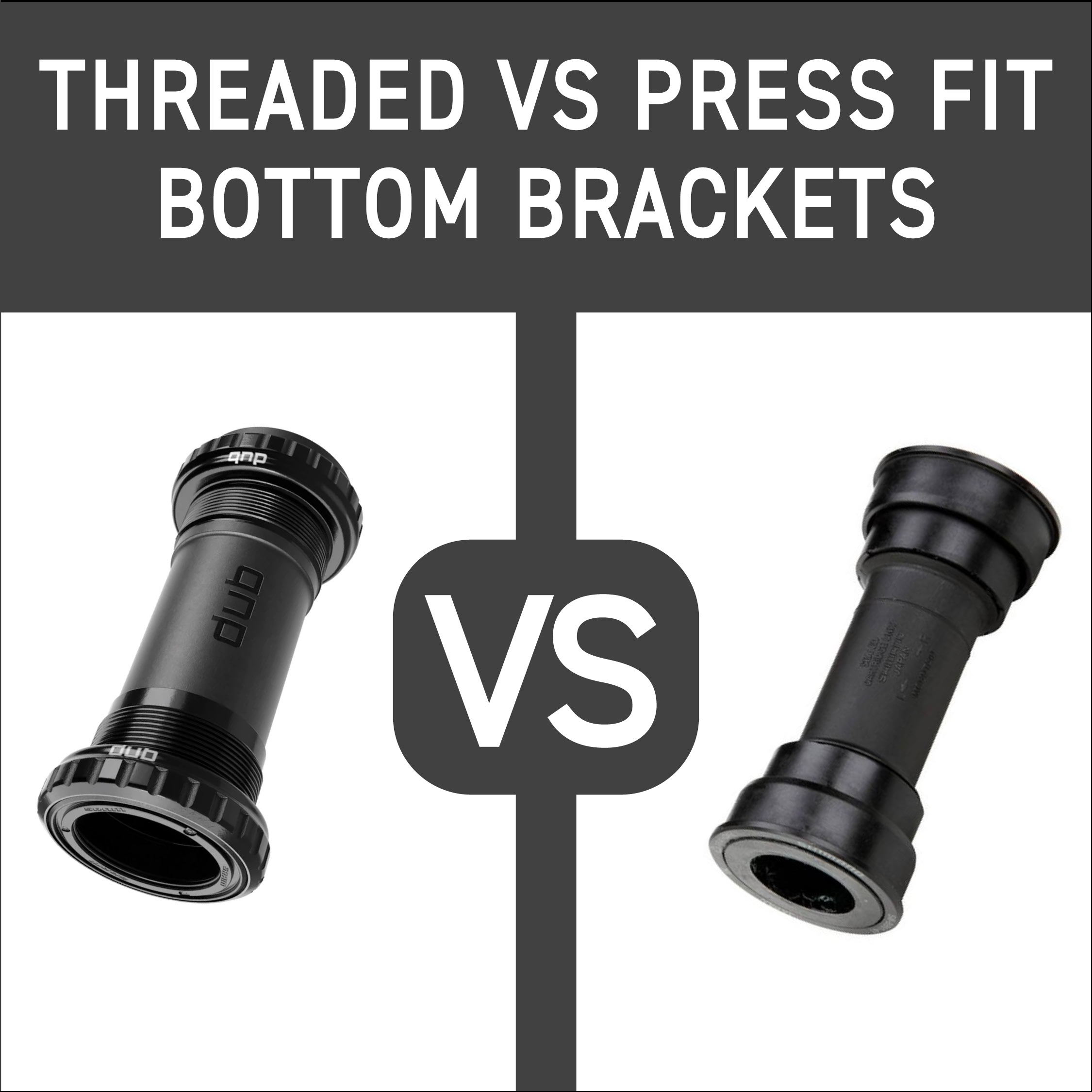Understanding the Basics of Bottom Brackets
In the world of cycling, a bottom bracket is a critical component that plays a vital role in a bike’s performance. It serves as the interface between the crankset and the frame, transferring power from the pedals to the wheels. When it comes to choosing a bottom bracket, cyclists are often faced with a dilemma: threaded vs press fit. While both types have their advantages and disadvantages, understanding the differences between them is crucial in making an informed decision. This article will delve into the details of threaded and press fit bottom brackets, exploring their design, installation, and performance characteristics to help cyclists choose the best option for their riding needs.
The Threaded Bottom Bracket: A Traditional Favorite
Threaded bottom brackets have been a staple in the cycling industry for decades, and for good reason. Their design features a threaded shell that accepts a removable crankset, making maintenance and upgrades a breeze. This traditional design has several advantages, including ease of maintenance, compatibility with various cranksets, and a wide range of product options. Popular threaded bottom bracket products, such as Shimano’s Hollowtech II, have proven to be reliable and efficient. The installation process for threaded bottom brackets is relatively straightforward, requiring a few simple tools and some basic mechanical knowledge. Overall, threaded bottom brackets remain a popular choice among cyclists due to their simplicity, reliability, and versatility.
The Press Fit Bottom Bracket: A Modern Alternative
Press fit bottom brackets have gained popularity in recent years, offering a modern alternative to traditional threaded designs. This type of bottom bracket features a shell that is pressed into the frame, eliminating the need for threads. The installation process for press fit bottom brackets requires specialized tools and a bit more technical expertise, but the benefits are well worth the extra effort. Press fit bottom brackets offer increased stiffness, reduced weight, and improved power transfer, making them a popular choice among competitive cyclists. Popular press fit bottom bracket products, such as SRAM’s GXP, have proven to be reliable and efficient. Additionally, press fit bottom brackets are often designed to be more compact, allowing for a wider range of frame designs and improved aerodynamics. Overall, press fit bottom brackets provide a high-performance alternative to traditional threaded designs, making them an attractive option for cyclists seeking a competitive edge.
How to Choose Between Threaded and Press Fit Bottom Brackets
When deciding between threaded and press fit bottom brackets, several factors come into play. To make an informed decision, consider the following step-by-step guide:
First, determine the type of bike you have. Road bikes, mountain bikes, and commuter bikes each have unique requirements that may favor one type of bottom bracket over the other. For example, road bikes often benefit from the increased stiffness and power transfer of press fit bottom brackets, while mountain bikes may require the added durability of threaded designs.
Next, consider your riding style. Aggressive riders who push their bikes to the limit may prefer the added stiffness and responsiveness of press fit bottom brackets, while more casual riders may find the ease of maintenance and compatibility of threaded bottom brackets more appealing.
Personal preference also plays a significant role in the decision-making process. Some riders may prioritize the simplicity and reliability of threaded bottom brackets, while others may be willing to invest in the high-performance benefits of press fit designs.
Finally, consider the compatibility of the bottom bracket with your crankset and frame. Ensure that the chosen bottom bracket is compatible with your existing components to avoid costly upgrades or replacements.
By carefully considering these factors, you can make an informed decision between threaded and press fit bottom brackets, ultimately choosing the best option for your bike and riding style. Remember, the right bottom bracket can significantly impact your bike’s performance, so take the time to get it right.
Installation and Maintenance: Key Considerations
Proper installation and regular maintenance are crucial for optimal performance and longevity of both threaded and press fit bottom brackets. When installing a threaded bottom bracket, it’s essential to ensure the threads are clean and free of debris, and the bracket is properly torqued to avoid damage or stripping. In contrast, press fit bottom brackets require a more precise installation process, involving specialized tools and a bit more technical expertise.
Maintenance requirements also differ between the two types. Threaded bottom brackets are generally easier to maintain, with simple cleaning and lubrication of the threads sufficient to keep them running smoothly. Press fit bottom brackets, on the other hand, require more frequent cleaning and inspection to prevent dirt and debris from accumulating and causing damage.
Regular maintenance is critical to prevent issues such as creaking, play, or even complete failure of the bottom bracket. Neglecting maintenance can lead to costly repairs or even require replacement of the entire bottom bracket or crankset. By understanding the unique installation and maintenance requirements of threaded vs press fit bottom brackets, cyclists can ensure their bike is running at its best and minimize downtime due to mechanical issues.
Ultimately, the choice between threaded and press fit bottom brackets will depend on a variety of factors, including bike type, riding style, and personal preference. By considering these key considerations and understanding the differences between these two types of bottom brackets, cyclists can make an informed decision and optimize their bike’s performance.
Comparing the Performance of Threaded and Press Fit Bottom Brackets
When it comes to performance, both threaded and press fit bottom brackets have their strengths and weaknesses. Threaded bottom brackets are known for their reliability and ease of maintenance, but they can be heavier and less stiff than their press fit counterparts. In contrast, press fit bottom brackets offer increased stiffness and reduced weight, but may require more frequent maintenance and can be more prone to creaking or play.
In terms of power transfer, press fit bottom brackets tend to offer a more direct and efficient connection between the crankset and frame, resulting in improved pedaling efficiency and responsiveness. However, threaded bottom brackets can still provide excellent power transfer, especially when paired with high-quality cranksets and bearings.
Durability is another key consideration when comparing the performance of threaded vs press fit bottom brackets. Threaded bottom brackets are generally more resistant to wear and tear, with a longer lifespan and fewer maintenance requirements. Press fit bottom brackets, on the other hand, can be more susceptible to damage from dirt, debris, and improper installation.
Ultimately, the choice between threaded and press fit bottom brackets will depend on a rider’s specific needs and preferences. Those who prioritize power transfer and stiffness may prefer press fit bottom brackets, while those who value ease of maintenance and reliability may opt for threaded designs. By understanding the performance differences between these two types of bottom brackets, cyclists can make an informed decision and optimize their bike’s performance.
Real-World Applications: When to Choose Each Type
In the real world, the choice between threaded and press fit bottom brackets often depends on the specific demands of the ride. For road racers, press fit bottom brackets may be the preferred choice due to their increased stiffness and reduced weight, allowing for faster acceleration and improved power transfer. In contrast, threaded bottom brackets may be a better fit for mountain bikers, who require a more durable and reliable connection between the crankset and frame to withstand the rigors of off-road riding.
For commuters and casual riders, threaded bottom brackets may be the way to go, thanks to their ease of maintenance and compatibility with a wide range of cranksets. On the other hand, press fit bottom brackets may be a better option for high-performance riders who prioritize power transfer and stiffness, but are willing to invest in regular maintenance and upkeep.
In addition to these specific scenarios, the type of bike itself can also influence the choice between threaded and press fit bottom brackets. For example, carbon fiber frames often require press fit bottom brackets, while steel or aluminum frames may be better suited to threaded designs. By considering these real-world applications, cyclists can make an informed decision about which type of bottom bracket is best for their specific needs and riding style.
Ultimately, the decision between threaded vs press fit bottom bracket comes down to a careful consideration of the trade-offs between performance, maintenance, and durability. By understanding the strengths and weaknesses of each type, cyclists can choose the right bottom bracket for their bike and enjoy a smoother, more efficient ride.
Conclusion: Making an Informed Decision
In conclusion, choosing the right bottom bracket for your bike is a crucial decision that can significantly impact your riding experience. By understanding the differences between threaded and press fit bottom brackets, you can make an informed decision that meets your specific needs and preferences. Whether you prioritize ease of maintenance, increased stiffness, or reduced weight, there is a bottom bracket type that is right for you.
When deciding between threaded vs press fit bottom bracket, consider the type of bike you ride, your riding style, and your personal preferences. Think about the importance of power transfer, pedaling efficiency, and durability in your riding experience. By weighing the pros and cons of each type, you can choose a bottom bracket that optimizes your bike’s performance and enhances your overall riding experience.
Remember, the right bottom bracket can make all the difference in your ride. By taking the time to understand the differences between threaded and press fit bottom brackets, you can make an informed decision that takes your riding to the next level. Whether you’re a seasoned pro or just starting out, choosing the right bottom bracket is a crucial step in unlocking your bike’s full potential.


